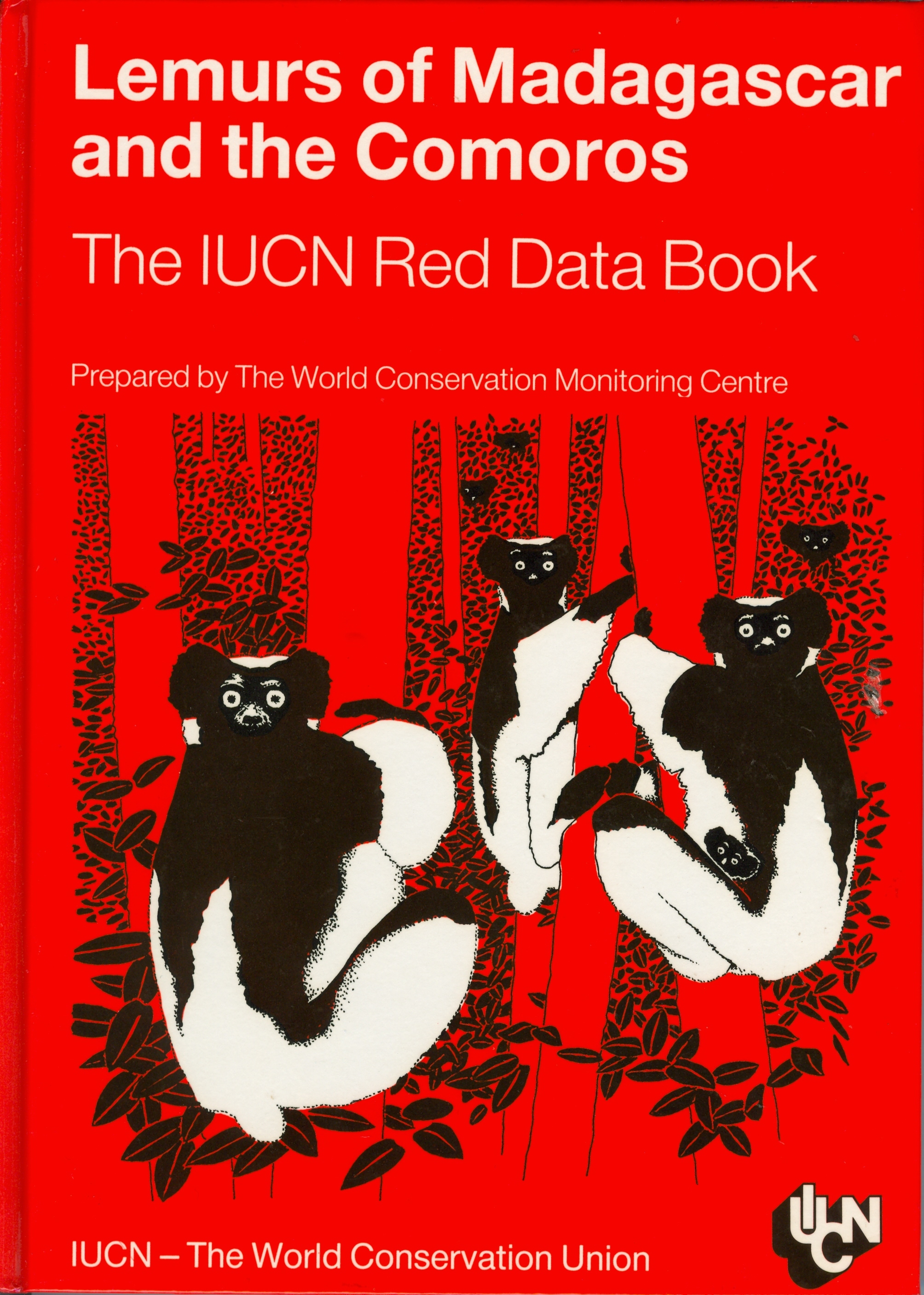Red Data Book Of India Pdf
India, a megadiverse country with only 2.4% of the world's land area, accounts for 7-8% of all recorded species, including over 45,000 species of plants and 91,000 species of animals. The country’s diverse physical features and climatic conditions have resulted in a variety of ecosystems such as forests, wetlands, grasslands, desert, coastal and marine ecosystems which harbour and sustain high biodiversity and contribute to human well-being.

Four of 34 globally identified biodiversity hotspots: The Himalayas, the Western Ghats, the North-East, and the Nicobar Islands, can be found in India. India became a State Member of IUCN in 1969, through the Ministry of Environment, Forest and Climate Change (MoEFCC). The IUCN India Country Office was established in 2007 in New Delhi. IUCN India works with Members and Commissions to reduce ecosystem and species loss by providing the necessary tools and knowledge to value, conserve and use biodiversity sustainability; enhance governance and policy for better management of ecosystems and habitats, including protected areas; and address challenges related to poverty alleviation, food security and climate change.
The IUCN Red List of Threatened Species (also known as the IUCN Red List or Red Data List), founded in 1964, is the world's most comprehensive inventory of the global. Historical IUCN Red Data Books and Red Lists Contents: Popular. Available for download as PDF [1.21 MB] The Red List of Endemic Trees and Shrubs of Ethiopia and.
Canon Pc 1591 Manual. IUCN Red List data are being used to report on and measure progress toward the Aichi Biodiversity Targets, adopted by governments at the Conference of the.
India, a megadiverse country with only 2.4% of the world's land area, accounts for 7-8% of all recorded species, including over 45,000 species of plants and 91,000 species of animals. The country’s diverse physical features and climatic conditions have resulted in a variety of ecosystems such as forests, wetlands, grasslands, desert, coastal and marine ecosystems which harbour and sustain high biodiversity and contribute to human well-being. Four of 34 globally identified biodiversity hotspots: The Himalayas, the Western Ghats, the North-East, and the Nicobar Islands, can be found in India.
India became a State Member of IUCN in 1969, through the Ministry of Environment, Forest and Climate Change (MoEFCC). The IUCN India Country Office was established in 2007 in New Delhi. IUCN India works with Members and Commissions to reduce ecosystem and species loss by providing the necessary tools and knowledge to value, conserve and use biodiversity sustainability; enhance governance and policy for better management of ecosystems and habitats, including protected areas; and address challenges related to poverty alleviation, food security and climate change.